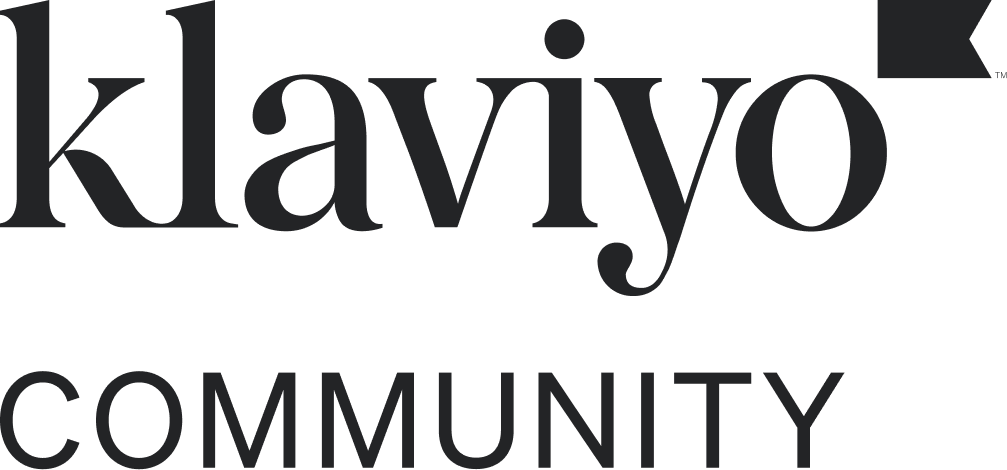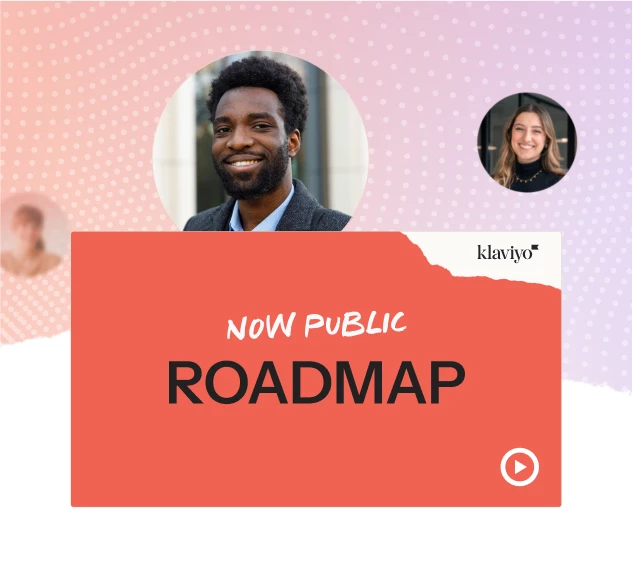Hi All,
I’m new to Kalviyo and exploring things, the lists and segmentation is very easy to understand.
I sent a fulfilled order details via http request and it appears in the profile, so im creating a segmentation to filter the customers by the product purchased.
JSON sent and successfully showing inside profile as below:
{
"token": "MY_PUBLIC_API_KEY",
"event": "Fulfilled Order",
"customer_properties": {
"$email": "vijay@email.com",
"$name": "Vijay"
},
"properties": {
"$event_id": "15637",
"$value": 225.00,
"OrderId": "6334231",
"ItemNames": ["Product 1", "Product 2", "Product 3"],
"Items": [{
"ProductID": "92",
"SKU": "Product1",
"ProductName": "Product 1",
"Quantity": 1,
"ItemPrice": 59,
"RowTotal": 59
},
{
"ProductID": "93",
"SKU": "Product2",
"ProductName": "Product 2",
"Quantity": 3,
"ItemPrice": 39,
"RowTotal": 117
},
{
"ProductID": "94",
"SKU": "Product3",
"ProductName": "Product 3",
"Quantity": 1,
"ItemPrice": 49,
"RowTotal": 49
}
]
}
}
Now im trying to create a segmentation which contains product id : 93.
Attached is the screenshot of the segmentation and the data in profile which is not showing the user.
Kindly let me know what i’m missing.







![[Academy] SMS Strategy Certificate Forum|alt.badge.img](https://uploads-us-west-2.insided.com/klaviyo-en/attachment/2f867798-26d9-45fd-ada7-3e4271dcb460_thumb.png)
